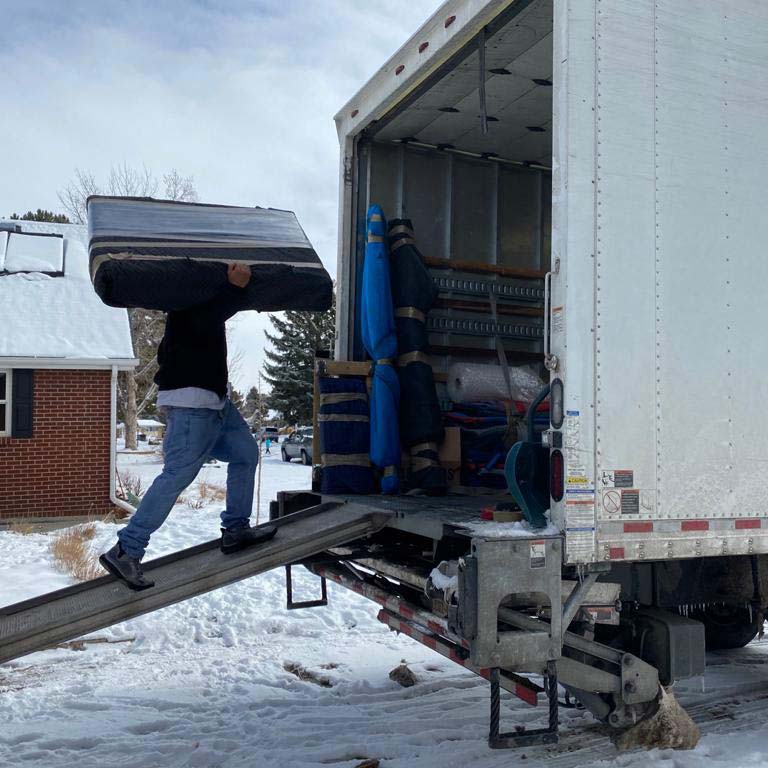Denver locals looking for a new home may not land on a property with modern construction.
Residents often opt for moving into older homes throughout the metro area.
They offer the perfect blend of character, stories of history for living, and charm.
Throughout the picture-perfect neighborhoods of the Mile High City, a lovely assortment of vintage properties is just waiting to be explored.
These places can present the new owner with challenges, but preserving their beauty pays off!
Knowing the essential steps to ensure a move into an older home is smooth and successful, there are plenty of things you should know.
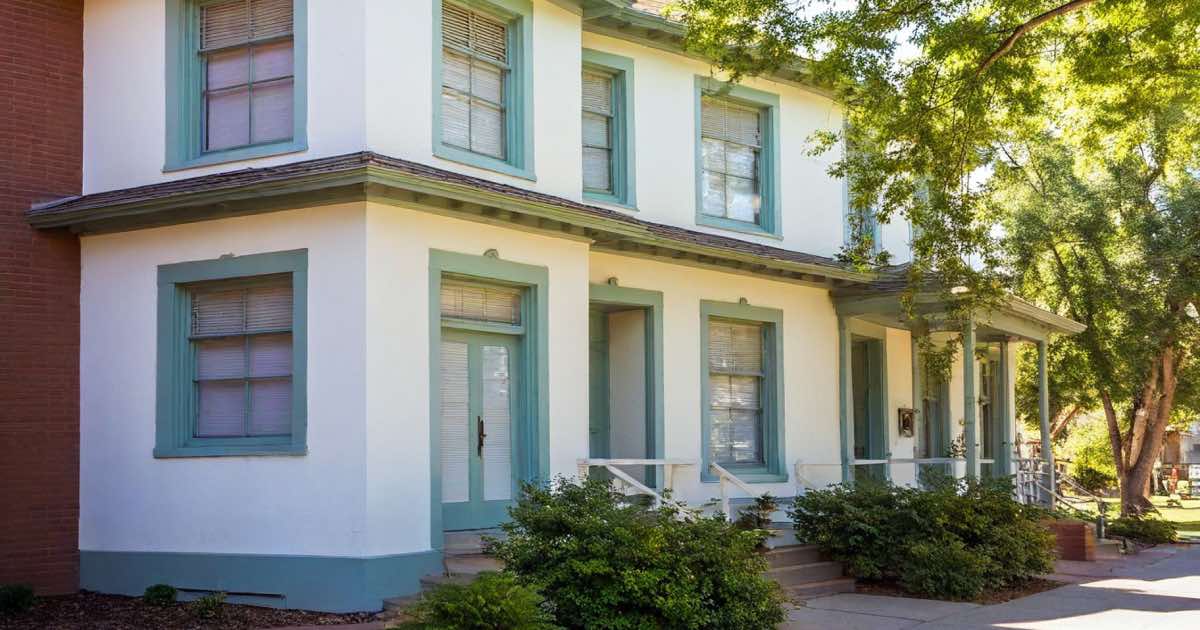
Embracing the Charm of Denver’s Historic Homes
With the extreme highs, lows, and continuous fluctuation in home prices, modern families are looking for alternative and functional purchases.
Older homes naturally possess a unique charm and sense of sacredness that newer properties often lack.
Denver is rich in history, and its historic homes are a testament to the city’s unique architectural evolution over the years.
Seekers will find Victorian-style homes and mid-century modern properties that carry stories of the past while supplying a timeless appeal to buyers.
The charm of these homes lies in their character.
Often, distinctive features like handcrafted woodworking, high vaulted ceilings, original pieces, and intricate detailing set them apart from more modern or traditional homes.
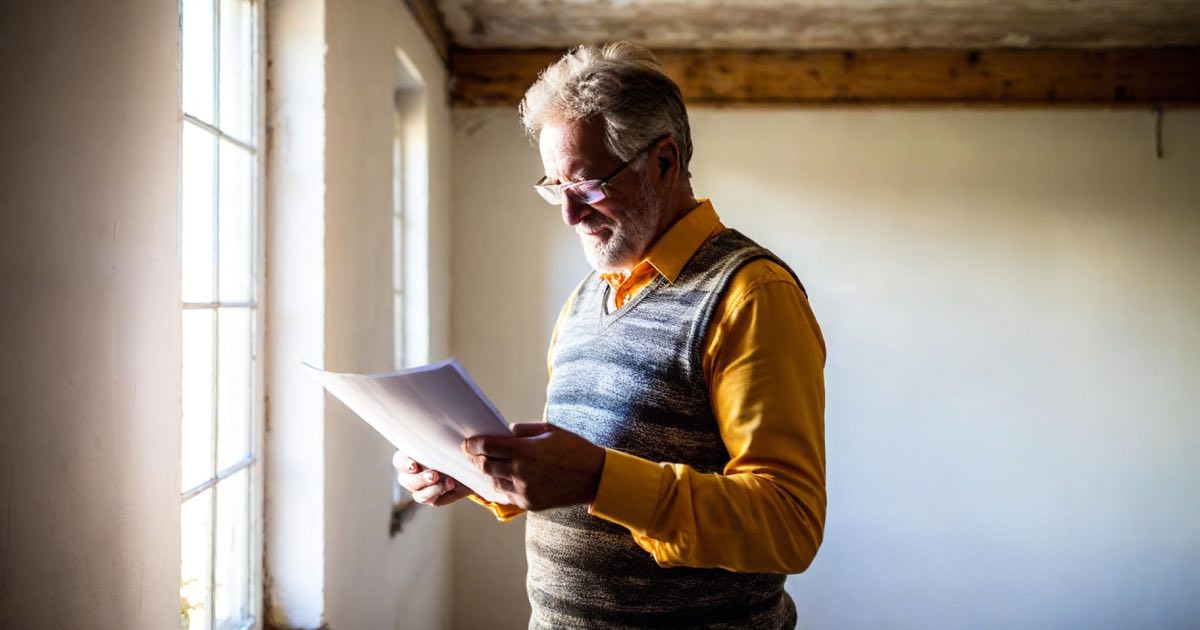
Before You Move In: Preparing for the New Space
Before booking and scheduling the movers and packers, there is excitement, followed by careful preparation to ensure a comfortable transition.
From the initial packing stages to the final unpacking, you must take the time to assess the bigger picture.
Older homes have quirky features, potential repairs and maintenance, etc.
These things may not be immediately apparent, so taking proactive and conscious steps will help you avoid any avoidable costs or possibly a bad situation.
Create plans to schedule a home inspection, review the current infrastructure, and personalize the space.
Investing the necessary time and effort to prepare for the purchase and move into an older home will set everyone in the household up for an enjoyable transition.
This will help ensure the new space is liveable and will become your own place!
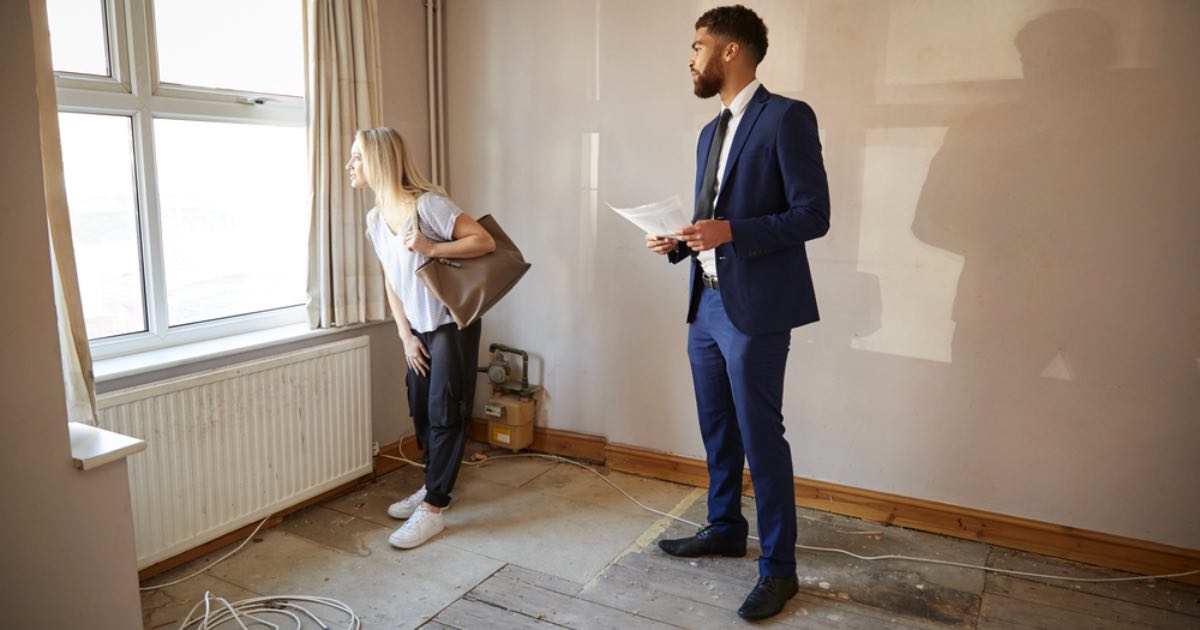
Understanding the Foundation or Structural Concerns
One of the most crucial aspects of gaining a new address in an older home is its foundation and the integrity of the structure.
While historic properties are loved for their character, that charm can come with age-related concerns.
These can affect their overall stability and safety.
Before settling in, you must complete a thorough assessment of the foundation with local professionals.
This all starts with scheduling an inspection before its purchase.
Then you will receive all the details needed to make a real-time decision.
They can help identify water damage, shifting soil, and eroded foundation components.
The earlier these problems are detected, the better.
This can help residents avoid costly repairs down the road whether they are set on a purchase in historic Cap Hill or Washington Park.
Addressing these issues head first reinforces total security for yourself and your family members.
By understanding the unique challenges ahead, homeowners can make informed decisions and truly enjoy that space with perspective and peace of mind.
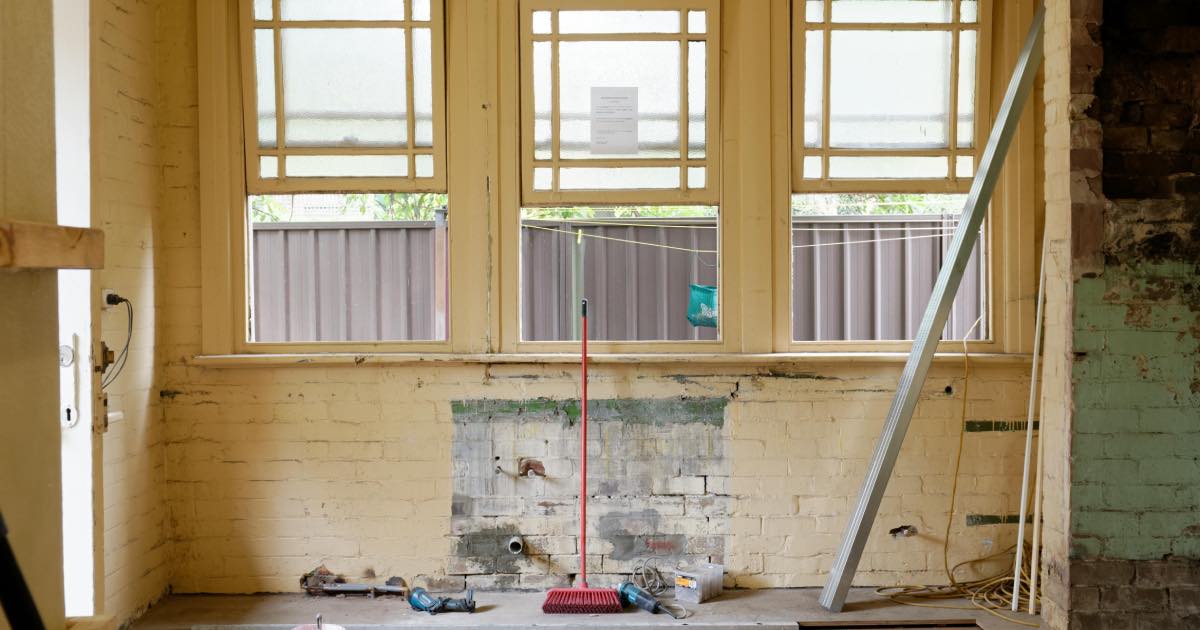
Navigating the Renovation Game
More often than not, purchasing an older home involves putting in time for upgrades and changes.
This can feel like a daunting undertaking.
While the opportunity to restore something with history offers homeowners a form of creative potential and independence, it also presents difficulties.
You should expect possible setbacks and letdowns.
From preserving the beauty in the property’s original features to integrating modern appliances and amenities, navigating the process should be done with care.
Taking additional time to appreciate the history it comes with can offer insight into how you may want to go about a smaller renovation or complete remodel.
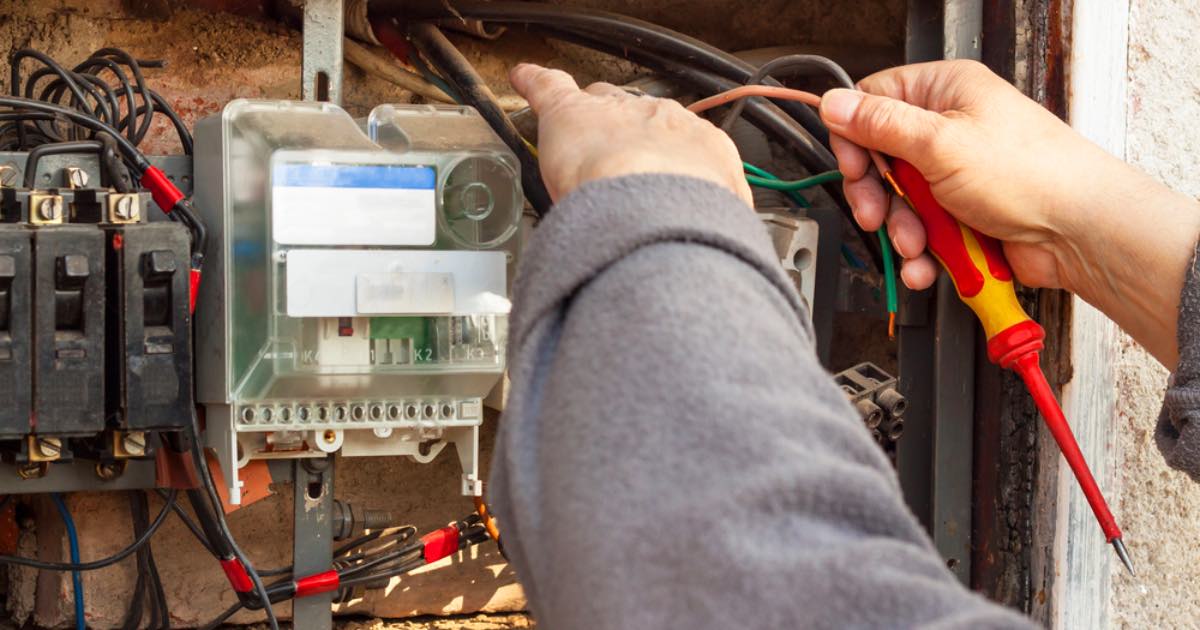
Peaks and Pitfalls that Come With Vintage Plumbing and Electrical Systems
The electricity and plumbing conditions may not be up to speed with the times.
These vintage features lend themselves to the charm, but the older systems are not up to more modern standards.
It is imperative because they may compromise safety and functionality.
You can expect the unexpected.
- Sometimes, these plumbing and electrical can remain durable over the decades. Still, the city of Denver has made residents remove old copper piping.
- Older electrical systems often don’t promote low electric bills.
- Older fixtures and more intricate pipework are common and can maintain the property’s historical essence and feeling.
- Plumbing and electrical that have aged usually won’t meet current building codes and general safety standards.
- Electrical wiring usually requires professional attention to provide the proper power for modern appliances.
- Fuse boxes are typically outdated and can be a significant concern, causing overloads and total malfunction.
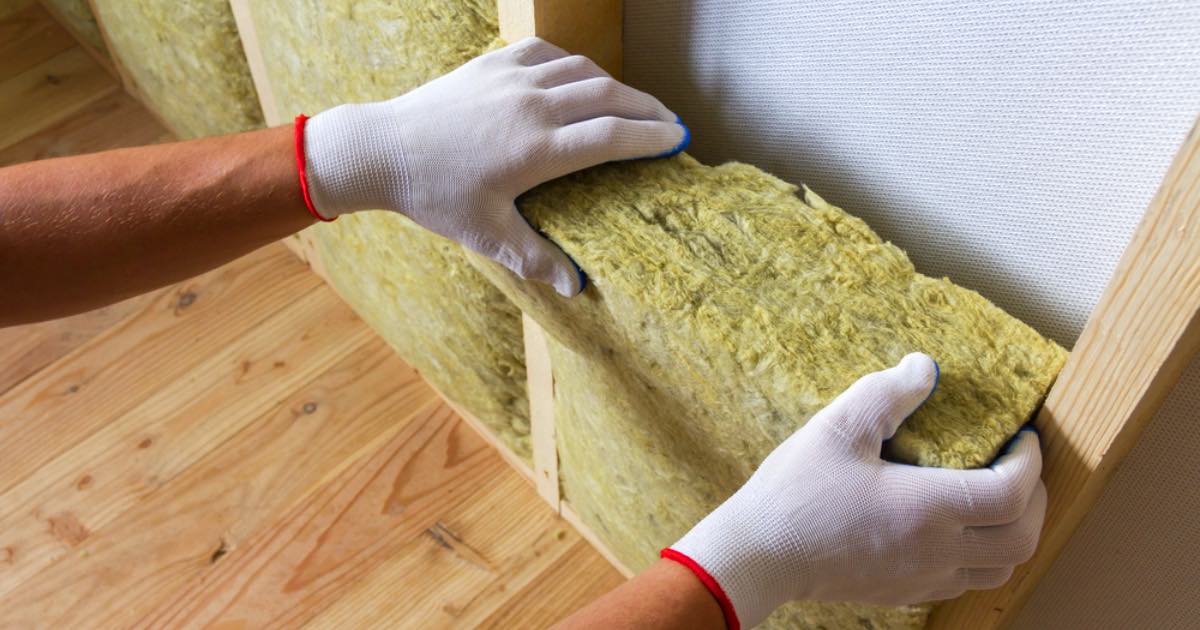
Insulating the Past: Making an Older Home Energy-Efficient
Renovating older homes requires residents to make the usual improvements.
Still, in modern times, energy efficiency is a valid concern for sustainability.
While these properties are full of character, the aging process results in certain inefficiencies for heating and cooling.
With thoughtful consideration and the right upgrades, you can preserve the home’s natural beauty while making everything more environmentally friendly.
This is something that will make it more cost-effective for you as well.
Here is a comprehensive checklist to get things started:
- Evaluate the insulation needs with experts. Take a look at the property as a whole to assess what parts of the home have outdated insulation. This can help to create a game plan for the project.
- Prioritize insulation for the attic and roof. Attics can be finicky, and they play a critical role in the heating and cooling of a home. Attics that are well insulated will reduce heat transfer. Additionally, if the roof is old or requires repairs, the materials can play a significant role in temperature regulation.
- Upgrade the doors and windows of the home. Single-pane options are common in older homes, which can lead to energy loss and affect the overall aesthetics of the property.
- Insulate the walls and seal off cracks or gaps. Even the smaller cracks can lead to large issues. Pay close attention to these details, insulating walls for long-term savings and comfortable living.
- Consider upgrading the HVAC systems. There may be inefficient heating and cooling that would be better swapped out for modern, energy-efficient options. These changes can make a dramatic difference in the home!
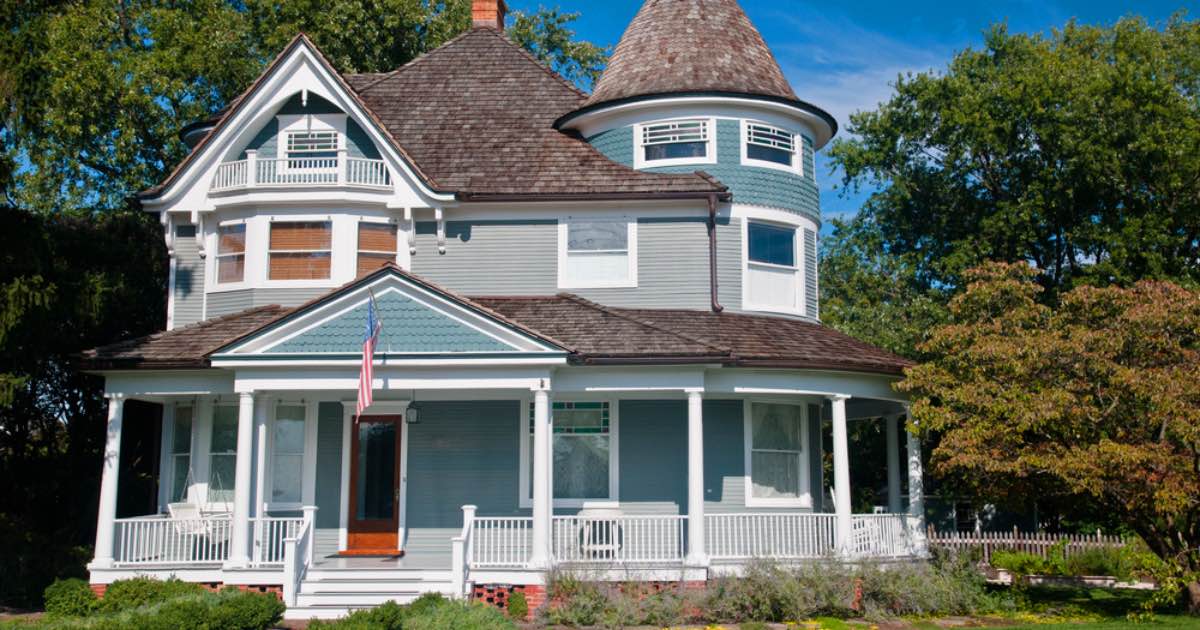
Caring for the Classic Details
Historic homes are treasured for their intricate details and general craftsmanship.
Those details are what will develop the home’s character, which is often something lacking in modern houses.
Neighborhoods like Park Hill, Cheesman Park, and Baker boast gorgeous historic properties with extraordinary qualities.
Older homes throughout Denver feature everything from intricate molding and delicate woodwork to built-in bookshelves.
Having and maintaining these classic features takes attention and care.
These things will require homeowners to do the following:
- Commitment to regular cleanings and general maintenance.
- Possible upgrades and repairs to original woodwork.
- Restoration and cleaning of hardwood floors.
- Refinishing or changes to the doors, windows, and fixtures.
- General restoration for fireplace mantels, ceiling details, or decorative plasterwork.
- Remaining mindful of any original landscaping.
- Making updates without overpowering the property with too many modern changes.
- Seeking help from experts when necessary.

Budgeting for the Unexpected
Everything that goes into purchasing an older home can feel somewhat unmanageable.
One of the most prominent obstacles is often the budget.
While this is the reason people opt for older homes versus new builds, it is still something potential homebuyers must be mindful of.
Historic properties come with hidden challenges that are not always immediately visible.
While you might have an idea and plans in place to make repairs or renovations, it is crucial to factor in the unexpected.
Flexible budgets aren’t necessarily something that every household has access to, so instead of derailing everything, prepare for surprises with the following tips:
- Save and set aside an emergency fund for the home. Before trying to unravel all the specifics, set something aside for the new place. It is almost always recommended to keep a portion of the starting home budget for unforeseen expenses. By setting these things aside in advance, families can stay prepared for surprise repairs!
- Factor in those hidden issues. With older homes, not everything is love at first sight, and not everything is going to remain in your line of sight. Things like electrical and plumbing are good examples of this and can be rather expensive to replace.
- Renovating outdated systems and appliances can save money in the long run. It is natural for homeowners to jump towards cosmetic changes, but investing in the systems that keep the home running properly can help to save on larger expenses.
- Keep general maintenance at the forefront of your mind. Maintenance is needed for every type of home but can further extend those in older properties. When dealing with intricate plaster or historic hardwood floors, they are going to be more expensive than the average drywall or laminate flooring.
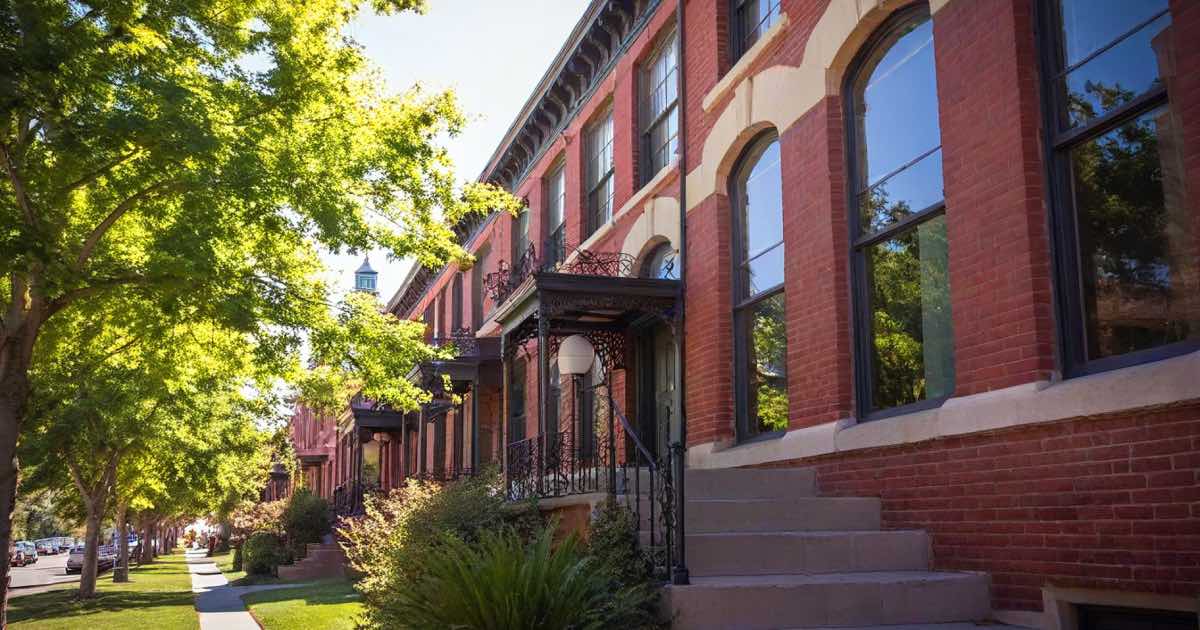
The Benefits of Living in Denver’s Historic Neighborhoods
Denver’s neighborhoods tell their own story, offering a unique blend and lens into the old world with an array of modern amenities.
This makes them some of the most desirable places to live throughout the metro area.
Neighborhoods like Union Station and Curtis Park have evolved over the years but remain standing with architectural diversity and vibrant communities.
Living in one of their areas guarantees residents the following benefits:
- Proximity to cultural and social amenities. While every neighborhood is different, they provide some of the best cultural and recreational activities. From museums and theatres to restaurants and parks, residents can enjoy easy access to everything. Five Points is famous for its rich history and an arts culture that thrives, and LoDo is the perfect place for those who are into nightlife or trendy dining spots!
- Established and walkable communities. These places were all initially developed without the modern vehicles driving around and therefore offer more walkable. The streets are lined with beautiful trees, well-kept sidewalks, and parks. This encourages people to get out in their community and lowers the need for traditional transportation.
- Property values have a higher potential. This can discourage some from buying, but it is a smarter investment for families. The homes in these areas tend to retain their value better than others. Plus, the preservation of the properties will help to reduce overdevelopment.
- There is easy access to parks and green spaces. From the massive Civic Center Park to smaller neighborhoods like Wash Park, everyone has plenty of different options for fun outdoor activities. They are seamlessly integrated into the fabric of the community.

Community & Culture is Second to None
One of the most appealing features of living in Denver’s historic regions is the strong sense of community.
These places are more than just a neighborhood.
They are hubs sparking creativity, new traditions, and civic engagement.
This fosters a truly welcoming and inclusive community.
Residents report a deep sense of belonging, having the continued opportunity to engage with other locals.
There remains a diverse cultural heritage across the neighborhoods, with all kinds of people being represented.
A strong support of the arts, music, and other forms of creation are highly valued.
This can be seen in the cultural festivals, foods, and celebrations that residents and newcomers may attend year-round.
There are so many lovely attributes to these neighborhoods that it is difficult to paint a picture.
To unveil these magical attractions in your own life, moving into an older home within a historic Denver neighborhood is your best bet.
Suddenly, you will become a part of a living, breathing community where culture, connections, and history intersect.
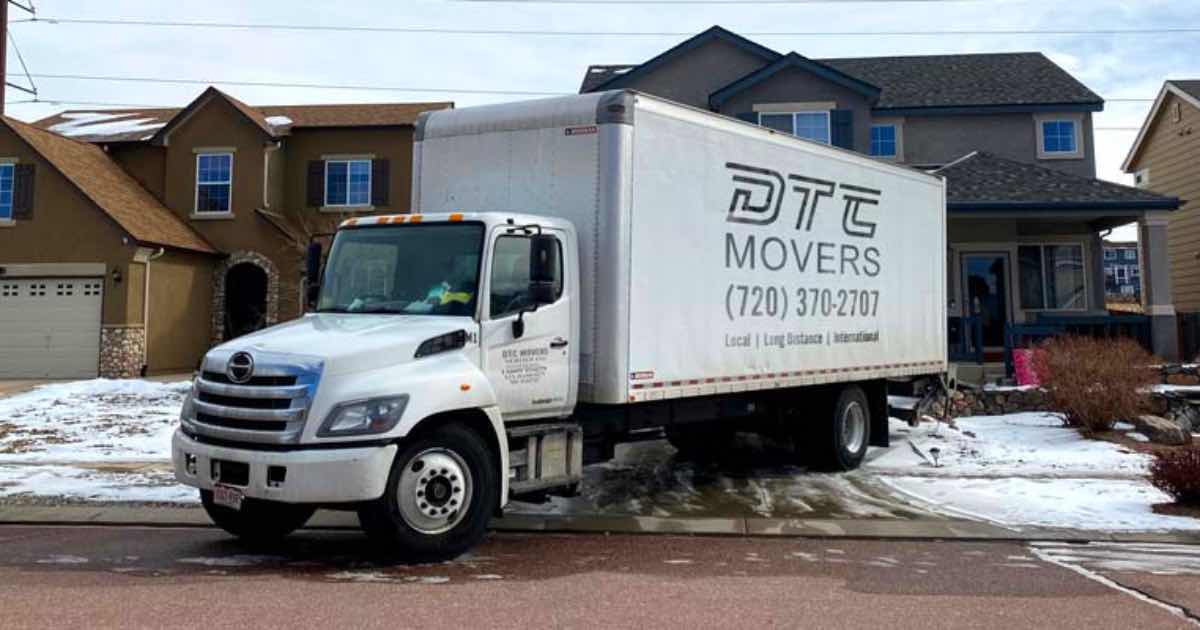
Don’t Forget the Steps it Takes to Get to Your Final Destination
Getting to the final destination is the beginning of the journey, but finding the right local movers to get you there is the first step to making all the final touches.
With DTC Movers, our team has its own history as a family-owned business in the Mile High City.
Our relocation experts will provide a free moving estimate without hidden fees so you and your family can budget the transition accordingly.
We understand the importance of having a company you can lean on when moving into an older home in Denver, and we deliver knowledgeable, licensed Denver movers who will always deliver!

